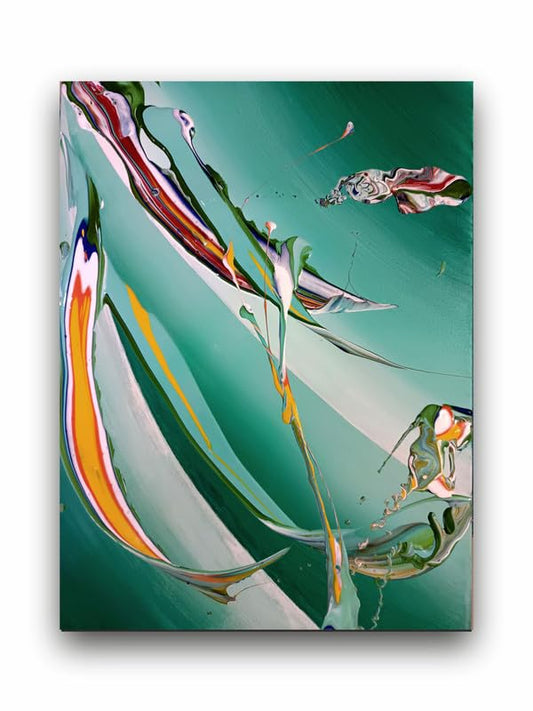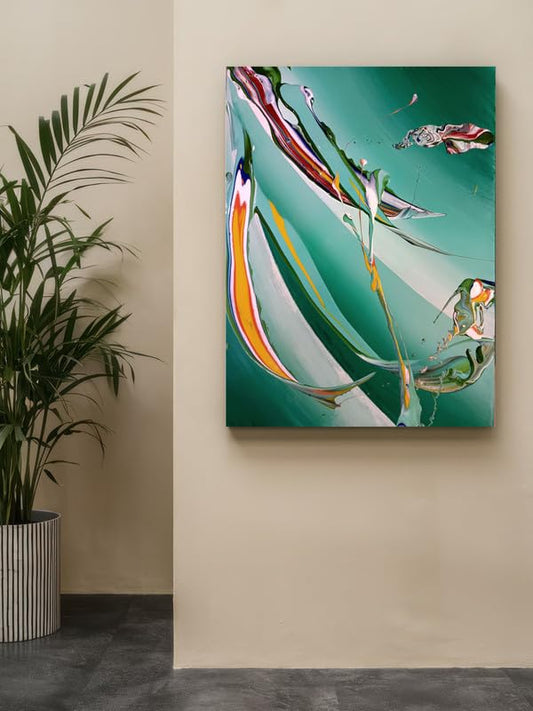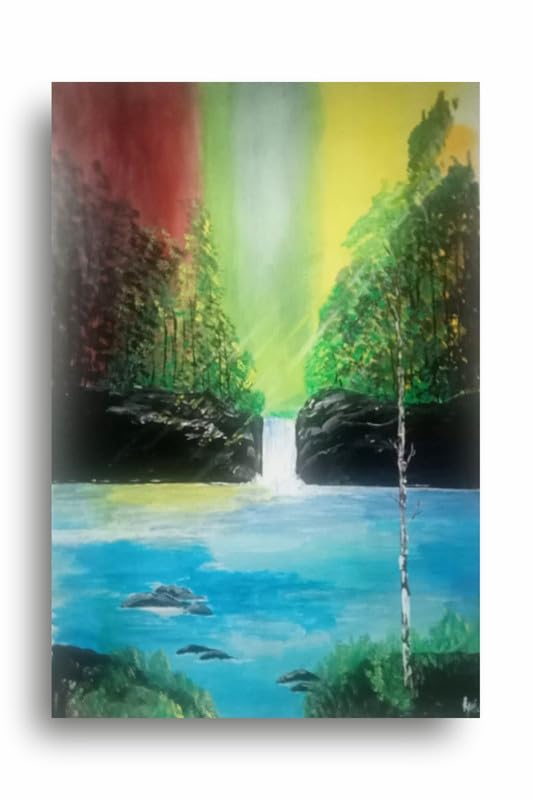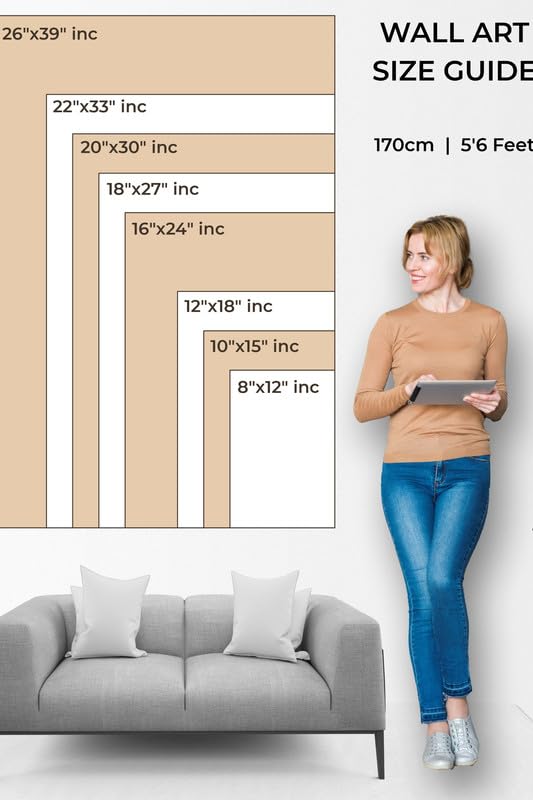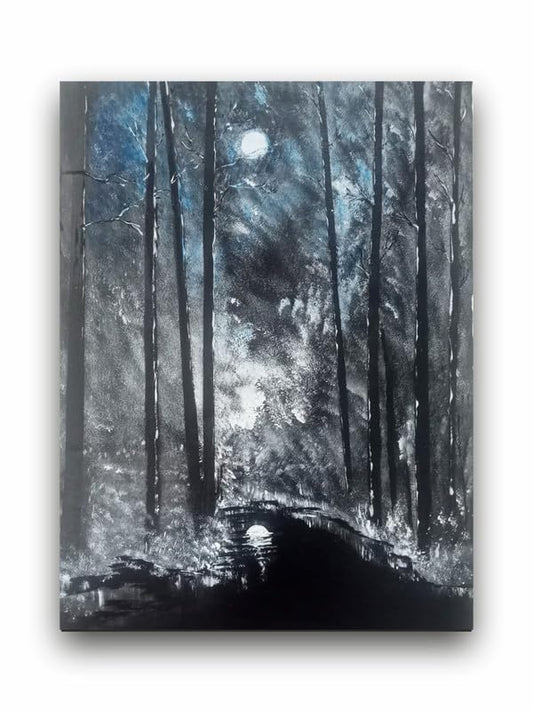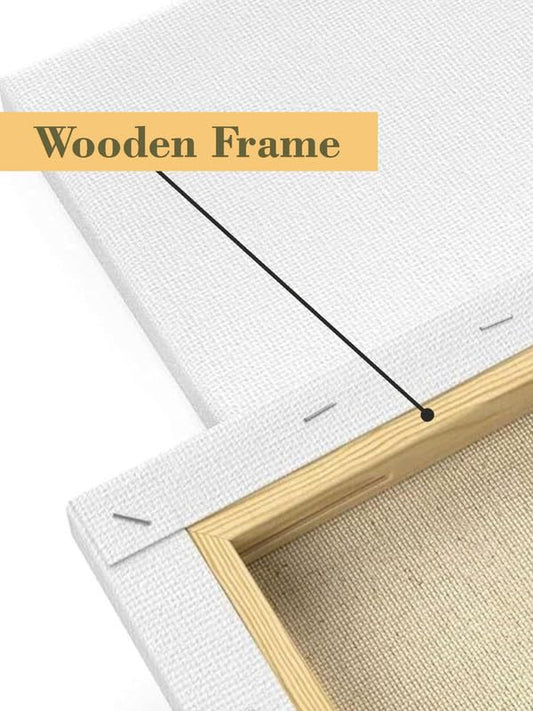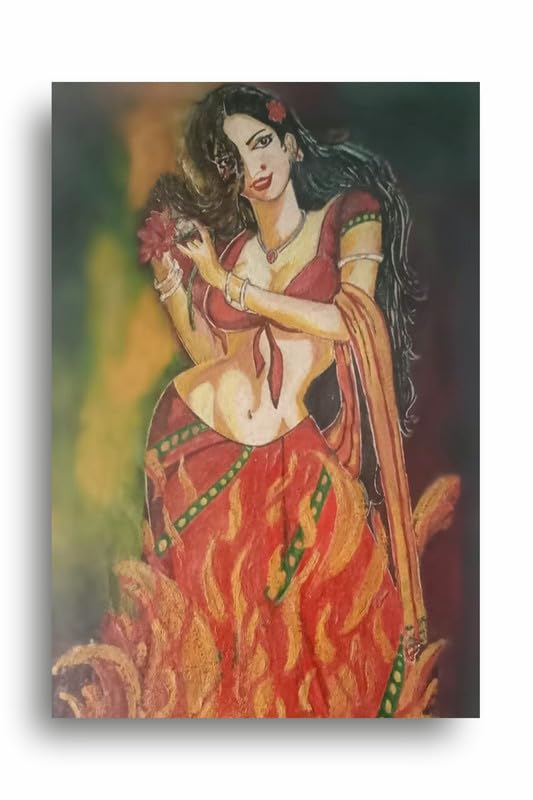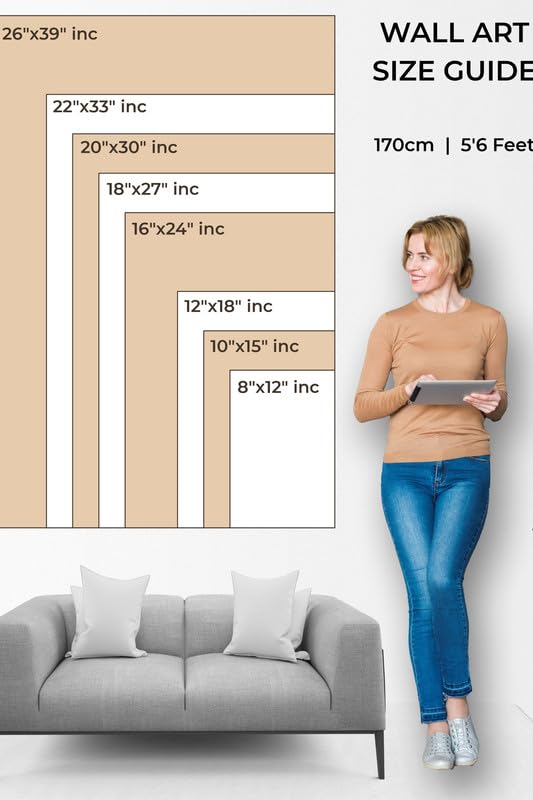
Using color blocking to create bold abstract art
Using color blocking to create bold abstract art
Color blocking is a strong and dynamic technique in abstract art that divides the canvas into blocks of solid color. This may be very energetic, contrasting, and dimensional in an artwork, and visually appealing and powerful at the same time. Strategically placing areas of contrasting bold colors creates movement and balance in a given piece. Let's take a closer look at how color blocking can be utilized for bold abstract art.
1. Choose Your Color Scheme Wisely Selecting a color block is really deciding on a palette that may or may not reflect the emotions or atmosphere you want to convey. Bright, contrasting colors like dark blues with bright oranges or hot reds against cool green create dramatic energy. On the contrary, when you use complementary or analogous colours, such as various shades of blue or green, a harmonious and soothed effect is achieved. No matter if you favor high contrast or the lesser gradient, the color palette will dictate the tone of your artwork.
2. Dividing the Canvas into Sections
Upon preparing your colors, divide the canvas. Think of the canvas as a page with an empty stage, upon which every section will play its role. You can create geometric shapes, such as squares and rectangles, but also organic forms, depending on your art style. Think about how the blocks of color flow through this composition and how they interact with one another. Do you want to guide the viewer's eye across the canvas in a path or do you want your composition to be more balanced and symmetrical?
3. Tap into the Power of Contrast
This is where color contrast really becomes important. Stunning effects can be achieved in art pieces using color blocks by juxtaposing opposites on the color wheel, such as red and green or blue and orange. Or you can employ subtle tones for a more understated effect yet no less powerful. Contrast can create tension or harmony in the piece, and it is the basis of making your color blocks stand out.
4. Using Layers to Add Dimension and Texture
Colour block-ing is typically a flat, big colour, but you can add layers and texture to your composition. All of the different techniques of paint, such as dry-brushing or even using a palette knife, will actually add even a third dimension to your flat blocks. This adds much more visual interest and will give it a less static feeling.
5. Consider Balance and Proportion
In abstract art, balance is everything. If color blocking offers freedom in creativity, then consideration must be taken in order to calculate the proportion of each block appropriately. The large areas of bold colours can dominate the composition, and the smaller blocks of contrasting colours may become focal points or break up the piece. The sense should be one of equilibrium, but with every colour block complementing the next, as well as bringing the eye through the whole canvas.
Final Thoughts
Color blocking is a good tool for bold, abstract art, used to capture your attention and to evoke emotion. Be sure to wisely choose your colors, experiment with any shapes or forms possible, and balance your composition to come up with visually rich and conceptually interesting pieces. Don't be afraid to push the boundaries and try different combinations-the beauty of abstract art is in its limitless potential for self-expression.
Using color blocking to create bold abstract art

